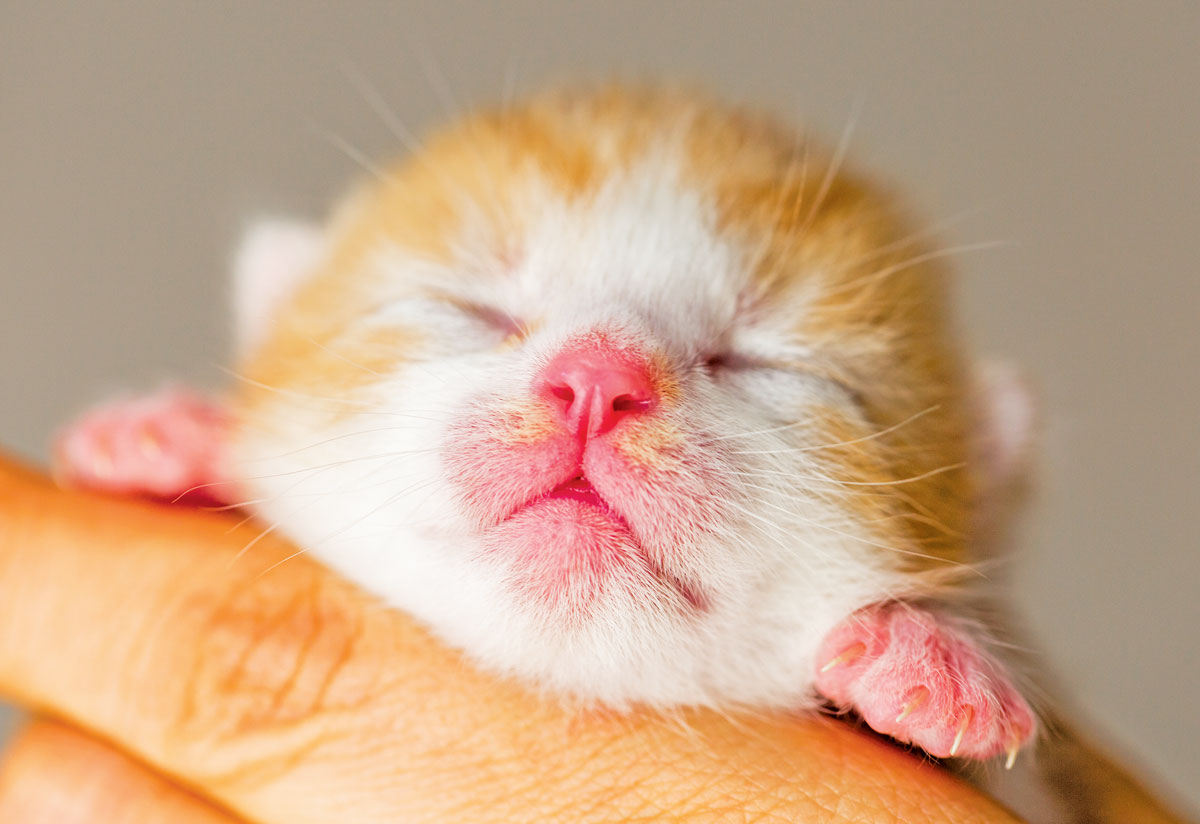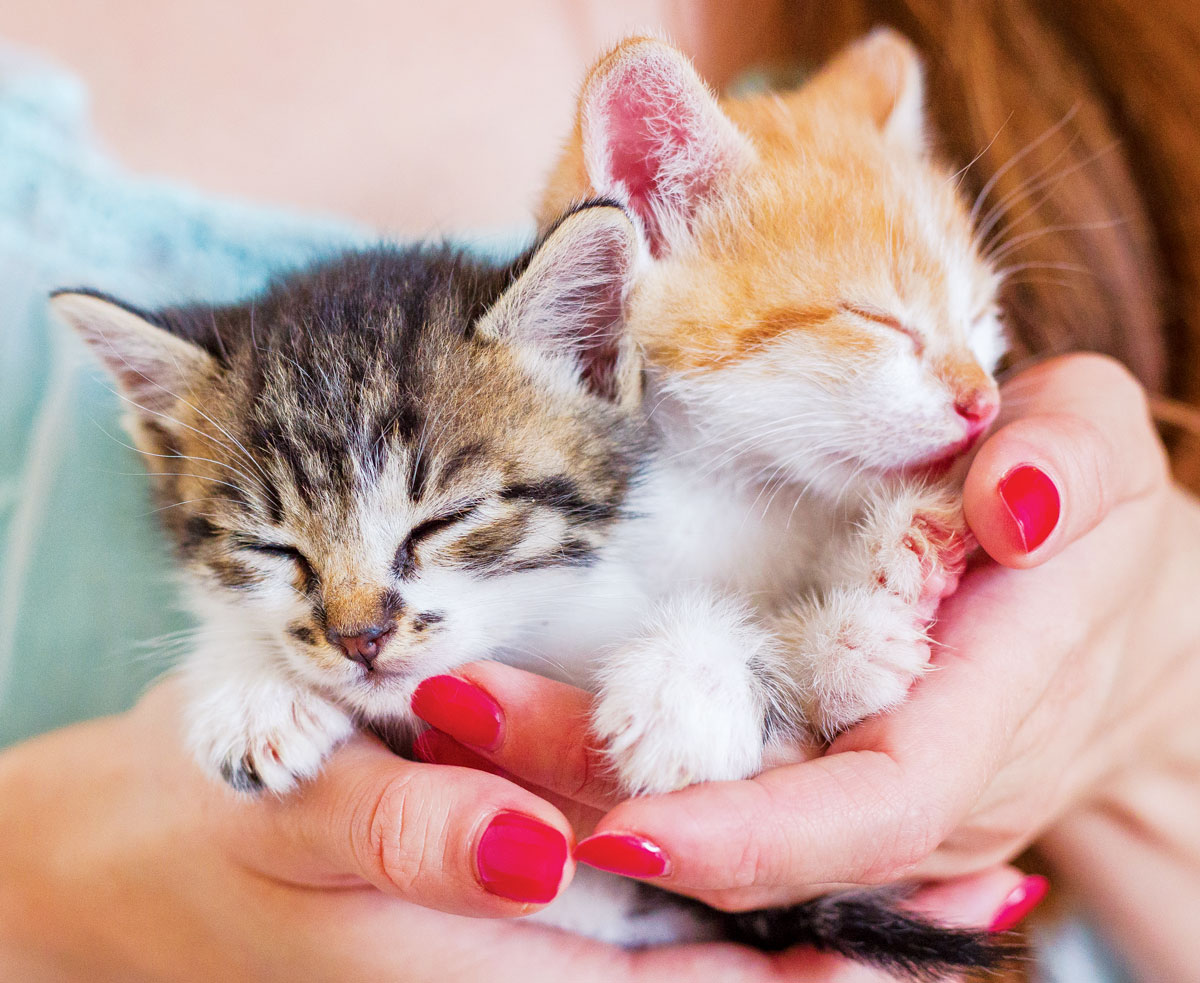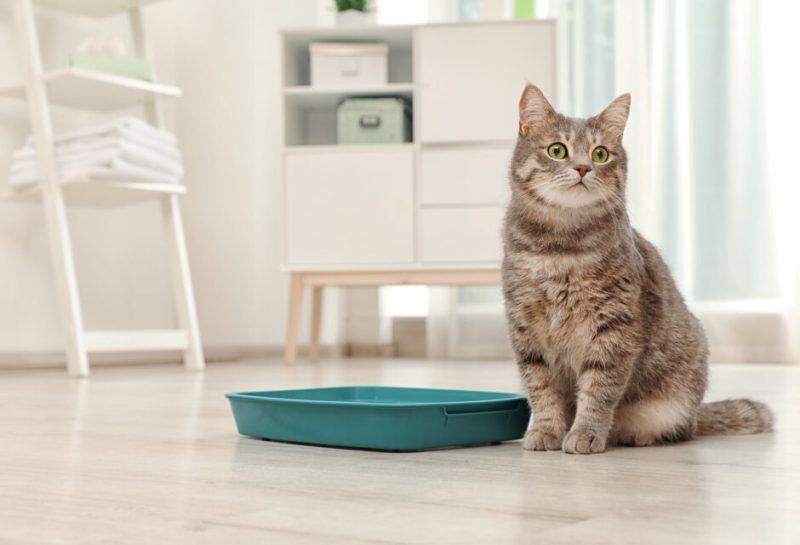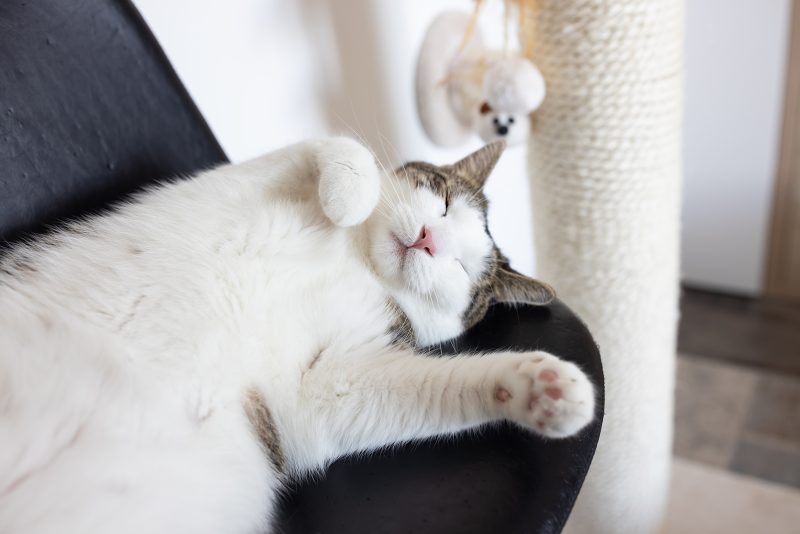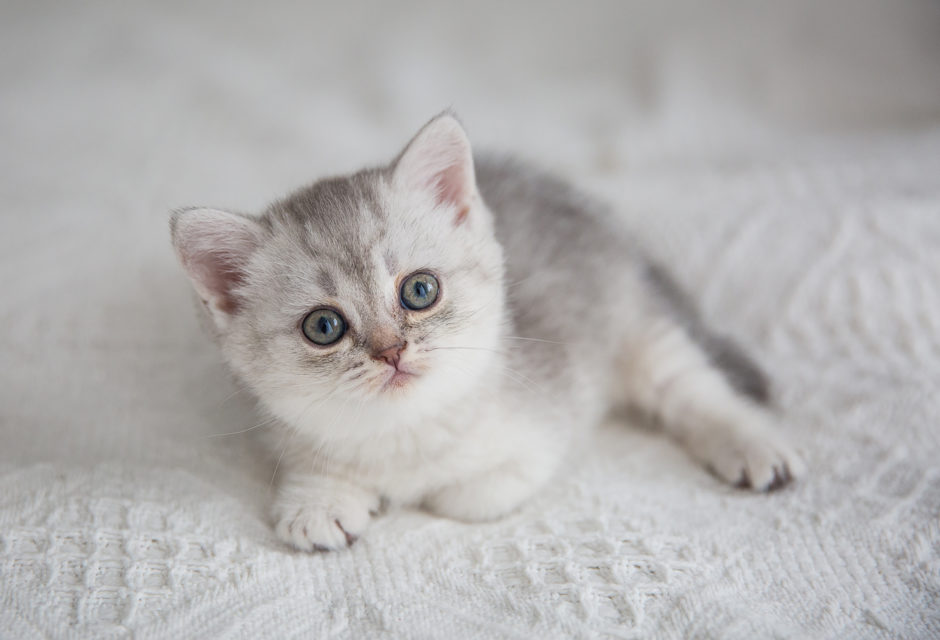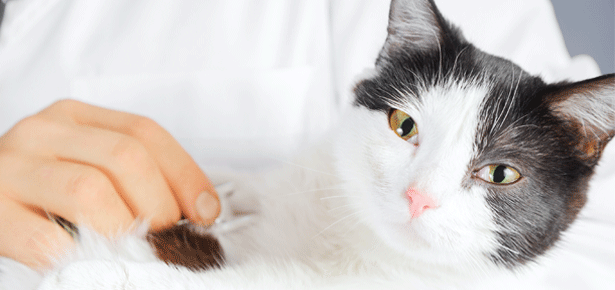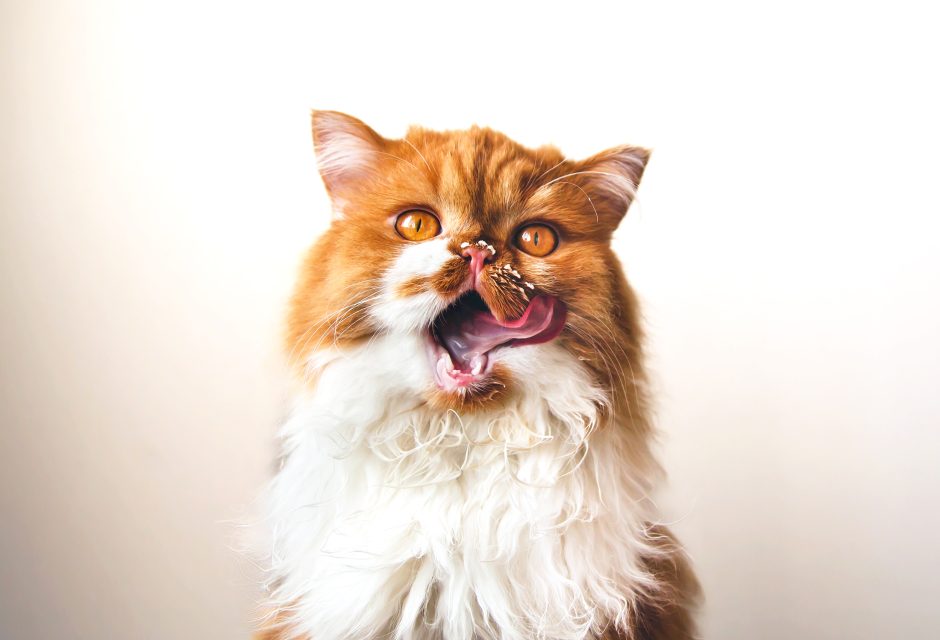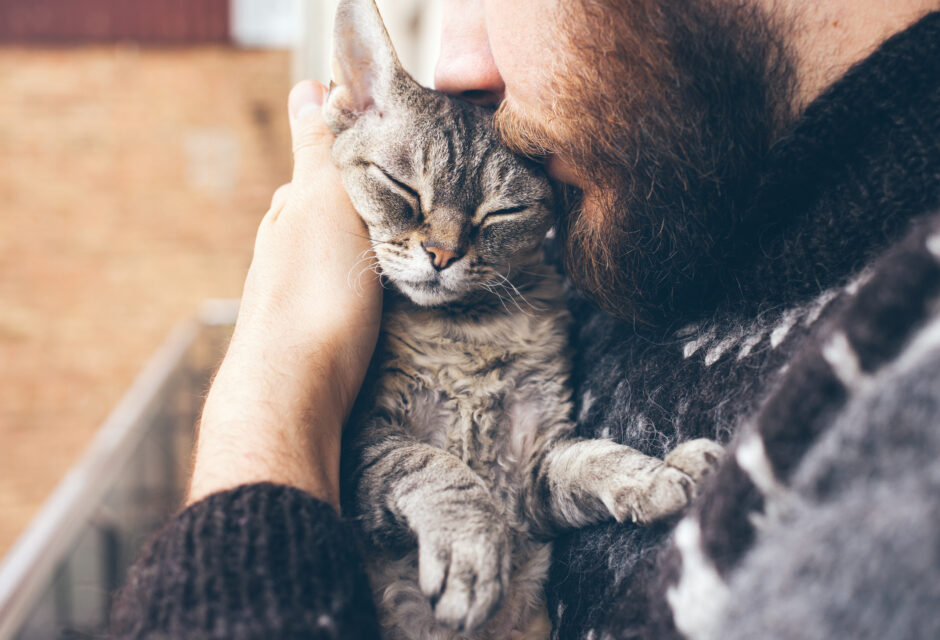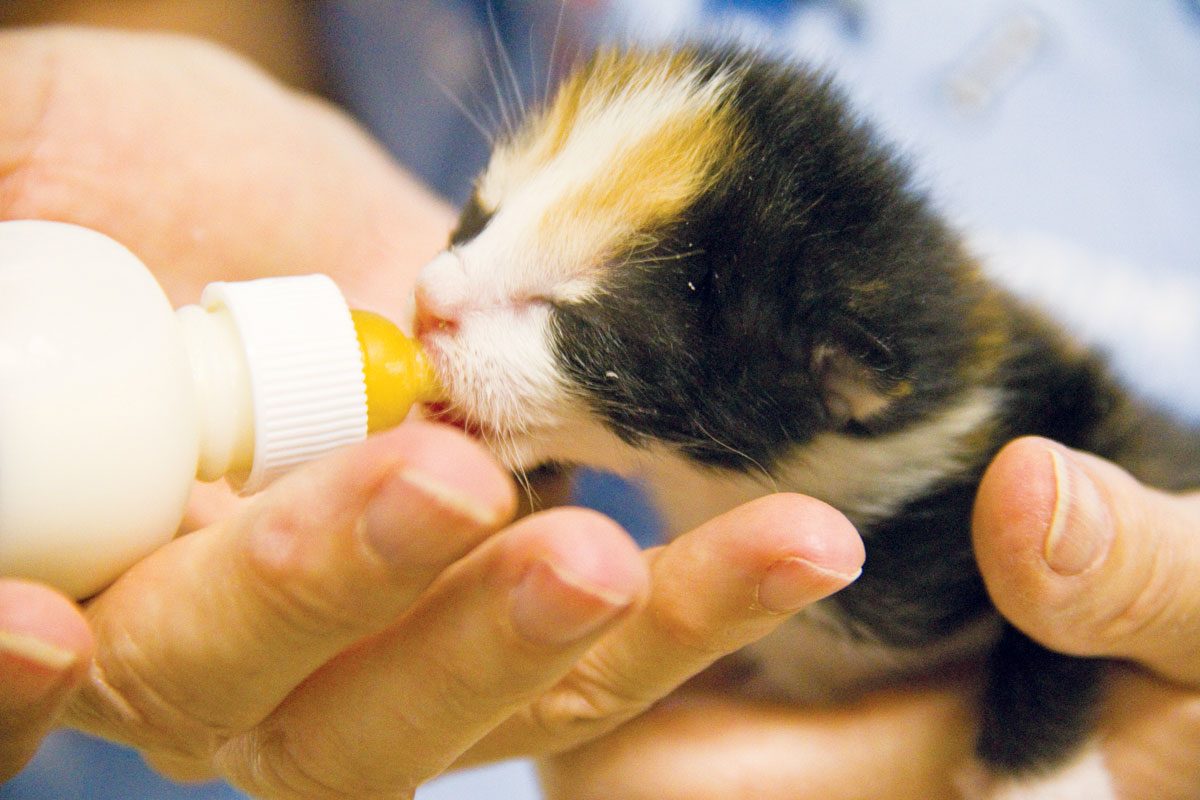
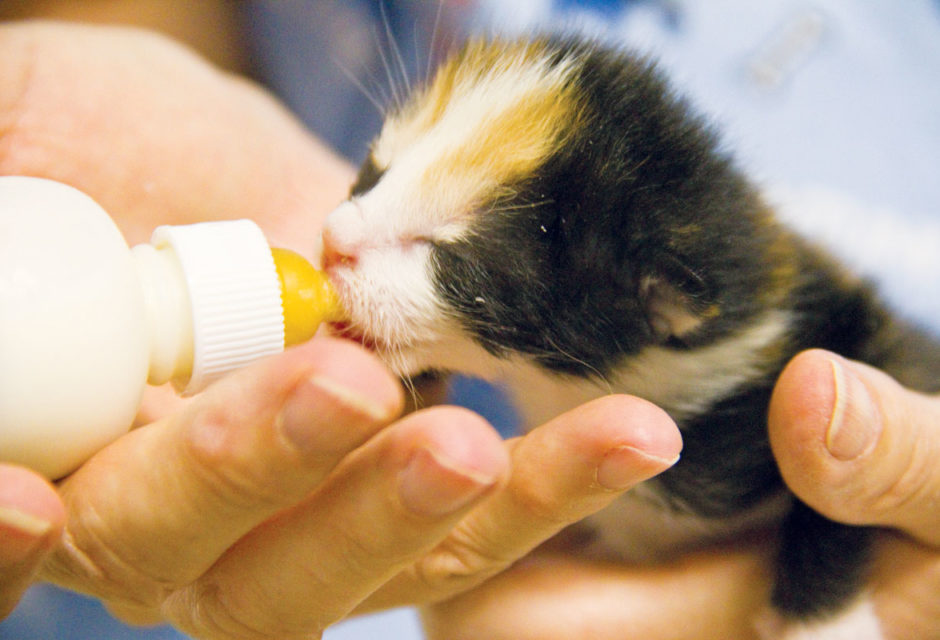
It’s Kitten Season
Do You Know What to Do If You Find An Outdoor Kitten?
You’re out for a walk or on your way to work and you hear it: tiny mewing. You’ve happened upon outdoor kittens. What do you do?
Before you scoop them up, stop and investigate. “Not every outdoor kitten needs saving,” says Alley Cat Allies, a terrific organization dedicated to protecting and improving the lives of cats through cutting-edge community leadership and programs such as trap-neuter-return. “Taking them home may not be what’s best—healthy kittens can take a turn for the worse if they’re brought indoors when they’re still too young to leave their mother.”
The best place for kittens is with mom. Don’t try to separate kittens younger than eight weeks old from their mother unless there is a medical emergency.
*TIP: Newborn, or “neonatal,” kittens have closed eyes, folded ears, and can’t walk. Be extra careful with these fragile babies.
The first step is determining how old the kittens are, advises Alley Cat Allies. Are they eight weeks or older? Eight-week-old kittens play, behave, and look like adult cats. They should weigh at least two pounds and can be spayed or neutered. At the opposite end of the spectrum, newborn, or “neonatal,” kittens have closed eyes, folded ears, and can’t walk.
If the kittens are eight weeks or older, are they friendly? If so, bring them to a veterinarian to be examined and spayed or neutered before finding them homes where they can be socialized to people. If you are fostering until you find them homes, remember that kitten socialization is very time-consuming. It involves caring for them one-on-one for at least a couple of hours every day, and can go on longer than a month. The last thing you want is to bring a kitten indoors that you don’t have time to socialize, and then find that they are unadoptable, the organization warns.
If the kittens are less than eight weeks old, look at them: do the kittens appear healthy and are they with their mom? If so, do not separate the kittens from their mother. If the mom is not there, wait and watch for a few hours. If mom does not return, these kittens need your help! Neonatal kittens especially need round-the-clock care, including bottle feedings if mom is not there to feed them.
If the mom is with the kittens and is friendly, consider fostering the mom and the kittens until the kittens are eight weeks old, at which point they can be spayed or neutered and adopted. If you are fostering with mom, be sure to handle the kittens when they start to explore their surroundings away from her. If mom is not there, you will be socializing the kittens by handling them for feeding and encouraging defecation.
If the mom is not friendly and the kittens are less than eight weeks old, leave the mom and her kittens alone, says Becky Robinson, president and founder of Alley Cat Allies, but do make sure she gets plenty of food. Put out double the normal amount of canned and dry food, because the nursing mother is keeping herself and her kittens alive. “The general rule of thumb is that mother cats eat twice as much when they’re with kittens,” Becky advises. “Keep watching the kittens as they grow, because when they reach two months, the kittens are ready to be spayed or neutered, and mom, too.” (Alley Cat Allies has a helpful chart for many different kitten scenarios at alleycat.org/community-cat-care/kitten-and-mom-scenarios)
Newborn Kitten Behaviour + Care Tips from the Kitten Experts at Alley Cat Allies
Newborn kittens are completely helpless and rely on their mother—or you—for everything. They can’t stand, keep themselves warm, eat, or eliminate waste on their own. However, they can purr and make distress calls. They spend 90 percent of their time sleeping and the other 10 percent eating.
During their first week, their senses of smell, hearing, and taste slowly start to develop and they may begin to wiggle around a little bit.
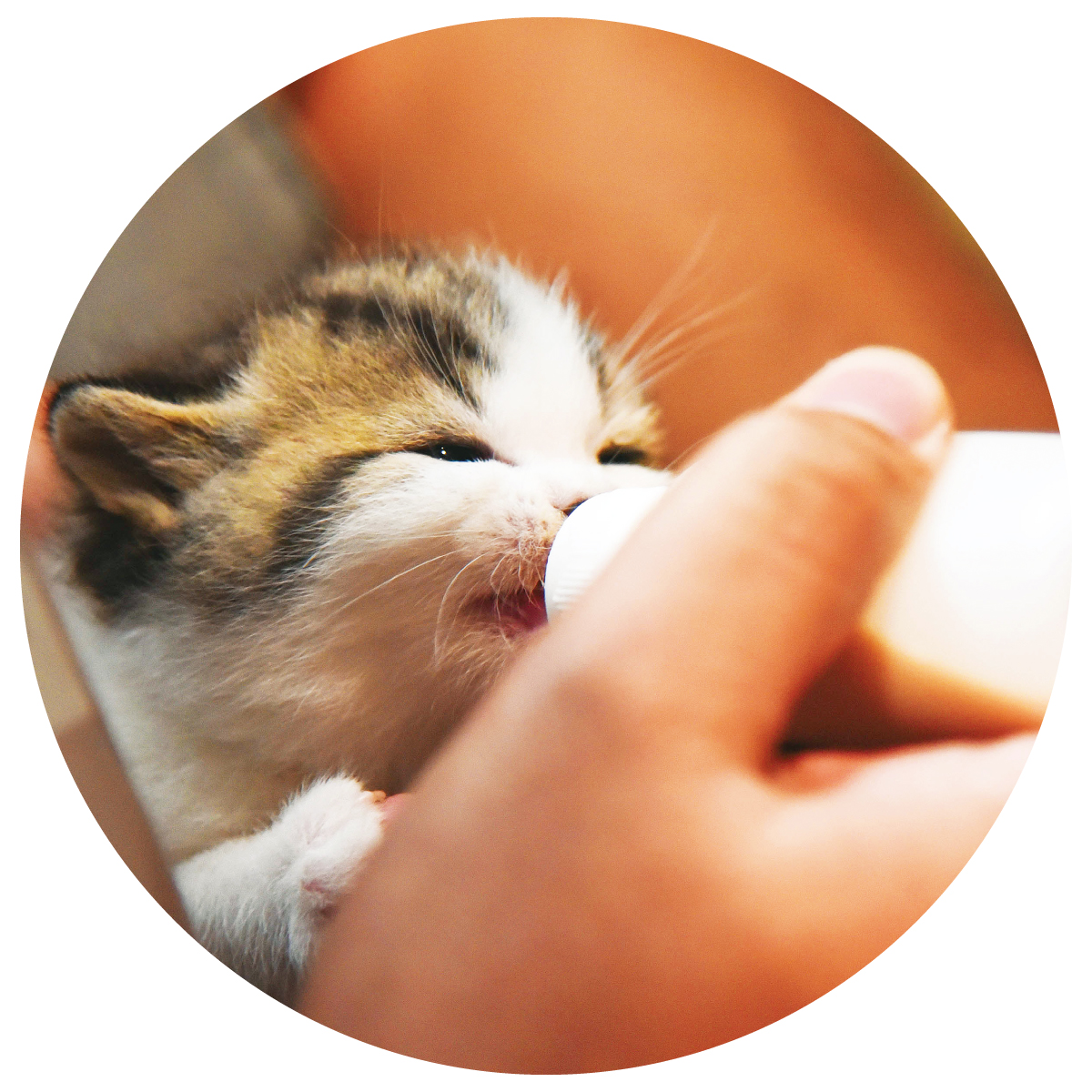
Kittens need to be fed about every two to four hours (depending on their exact age), round the clock. Use specific kitten bottles to feed them kitten formula. Make sure you never feed them “Cat Milk,” which is designed for adult cats, or cow’s or goat’s milk, which could give the kittens life-threatening diarrhea. Stick to kitten formula, such as kitten milk replacer (KMR), which can be purchased at most pet supply stores. Use specific kitten bottles to feed them kitten formula. Feed kittens on their stomachs—not their backs like human babies—and tilt the bottle. After they’re done eating, you’ll need to burp them. Put them on your shoulder or on their stomachs and pat them gently until they burp. Alley Cat Allies recommends the kitten feeding chart on kittencoalition.org.
Dehydration:
Dehydration is one of the biggest killers of kittens, along with chilling. Some signs of dehydration include limpness, unresponsiveness, sunken eyes, and lethargy. You can also check by pulling up the skin at the scruff when the kitten is in a standing position. If it does not return to resting position quickly, the kitten is dehydrated.
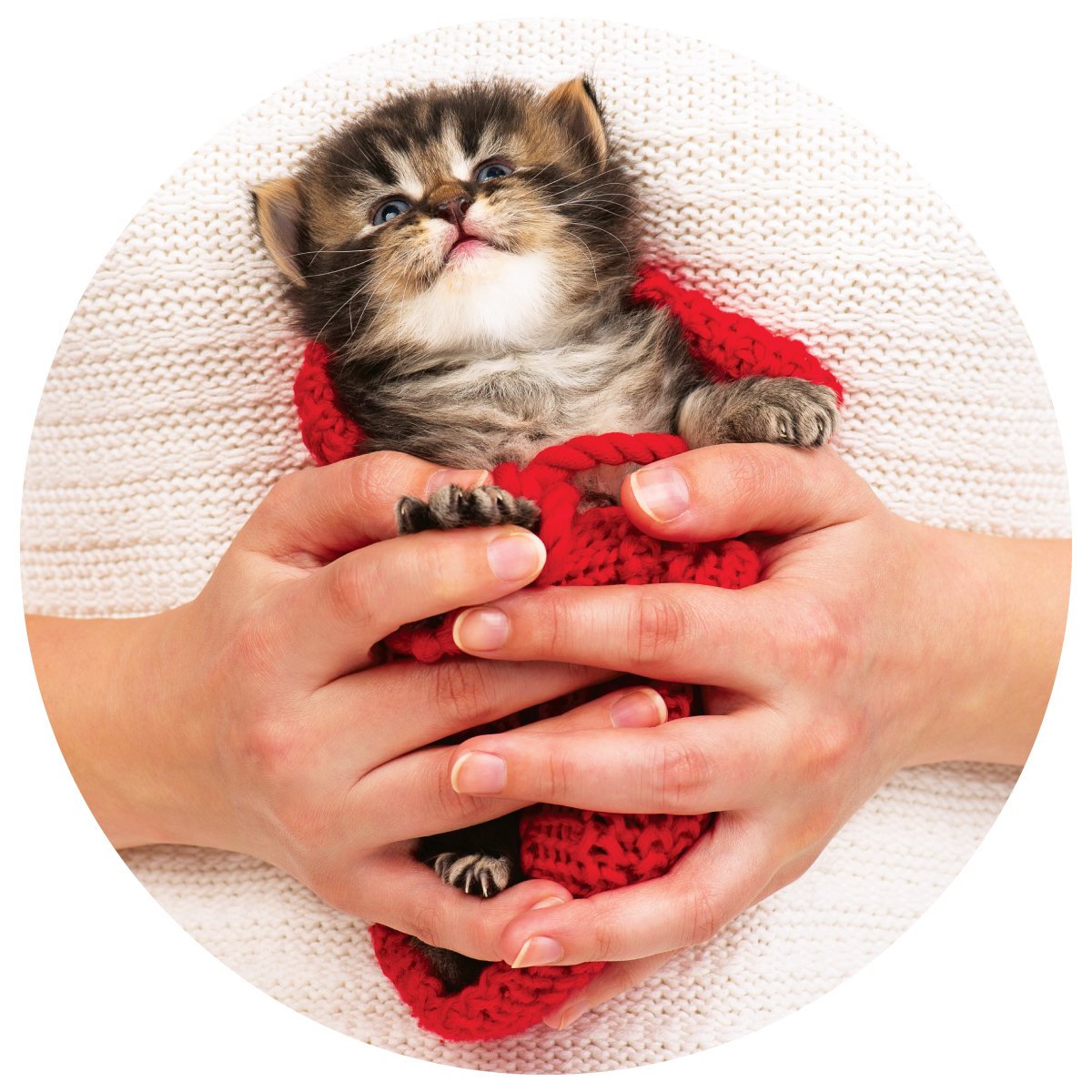
Neonatal kittens can’t control their own body temperature until they are at least three weeks old and get cold easily, which can be life-threatening. From the moment you find them, keep the kittens warm and watch out for signs of chilling (i.e., listlessness and cool to the touch) and hold off on bottle feeding until the kittens have completely warmed up. If you have nothing else on hand, use your own body heat to warm up a cold kitten, and rub gently to aid circulation. Keep kittens warm by building a soft nest, like a box with a blanket and Snuggle Safe heatpad, a rice sock, or a water bottle. Make sure that kittens have room to move away from the heat if they want.
Cleaning:
Clean kittens using a warm, damp washcloth after they’re done eating. A kitten can chill if wet, so never submerge kittens in water. If a kitten needs to be cleaned up, wash only certain parts of her body with a washcloth. Be sure to always fully dry kittens with a hair dryer (on low) and towel.
Bathroom habits:
Kittens younger than four weeks old must be stimulated to go to the bathroom after each feeding. A mother cat uses her tongue to do this, but you can use a warm and damp cotton ball, tissue, or washcloth to gently rub the kitten’s anal area. Completely solid feces usually will not form while kittens are drinking formula. If you notice the kittens are having trouble urinating or defecating, consult a veterinarian immediately.
A healthy kitten will urinate almost every time you stimulate them and have a bowel movement once or twice a day.
Join the newsletter and never miss out on cat content again!
"*" indicates required fields
By clicking the arrow, you agree to our web Terms of Use and Privacy & Cookie Policy. Easy unsubscribe links are provided in every email.





